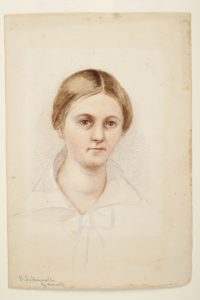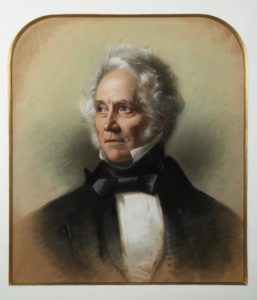What’s in a name?
Throughout her life George Eliot was known by a number of names. Some were nicknames or variants of her birth name. Others reflected her relationship status or were chosen specially by her.
Mary Anne Evans
This is the name she was given at birth on 22 November 1819.

PTR 15/20-21 Publishing copies / extracts of items from County Record Office collections: DR374/1
Courtesy of Warwickshire County Record Office.
Polly
This was a common nickname for Mary. Polly was probably used from Eliot’s childhood.
Mary Ann Evans
She dropped the ‘e’ from Anne in 1837, when she signed the register at her older sister Chrissey’s wedding.
Clematis
Clematis means ‘mental beauty’. It was used in letters with Eliot’s former teacher from The Elms School, Maria Lewis, and school friend Martha Jackson. The language of flowers became very popular in Victorian England – it could discretely imply meaning or intention.
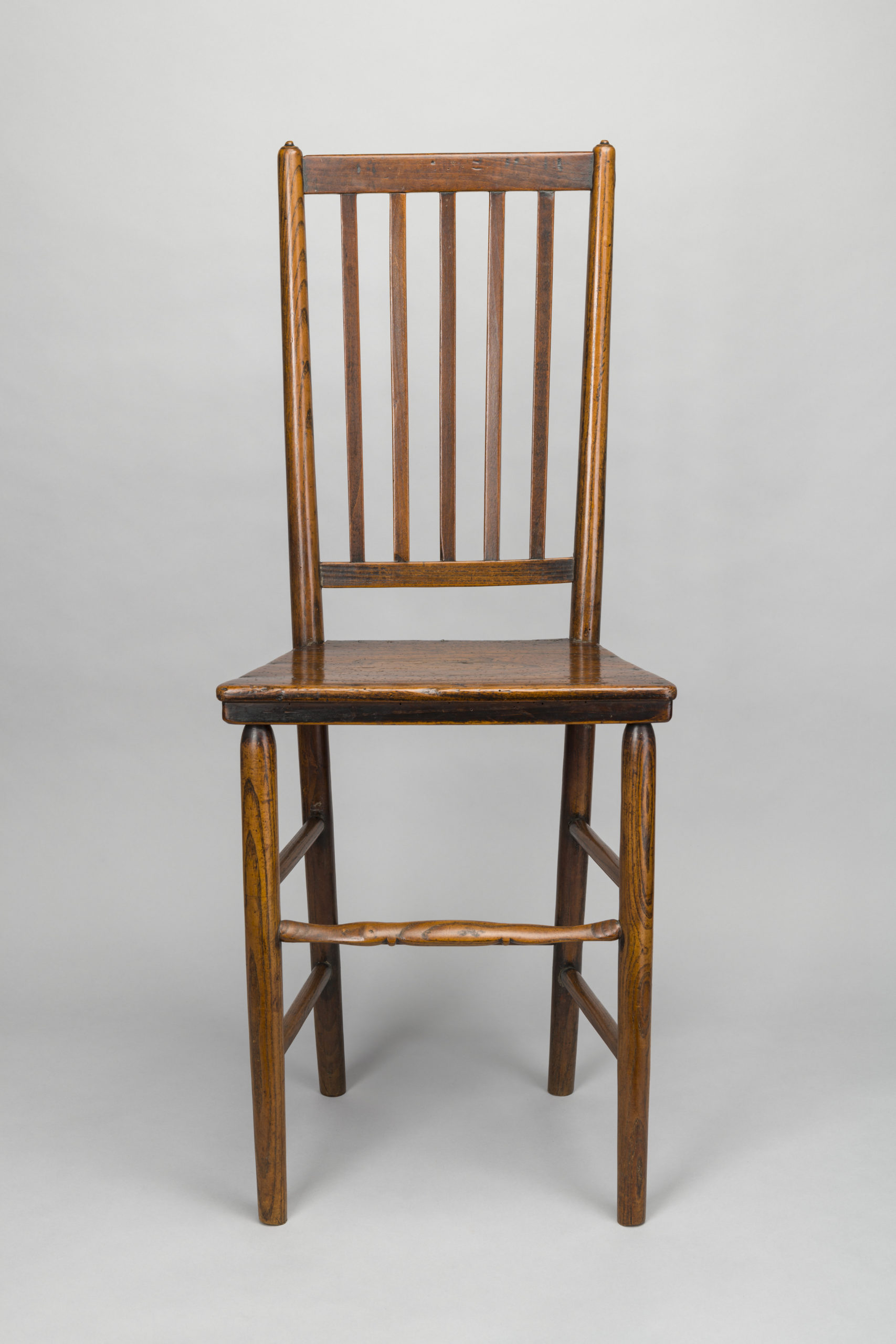
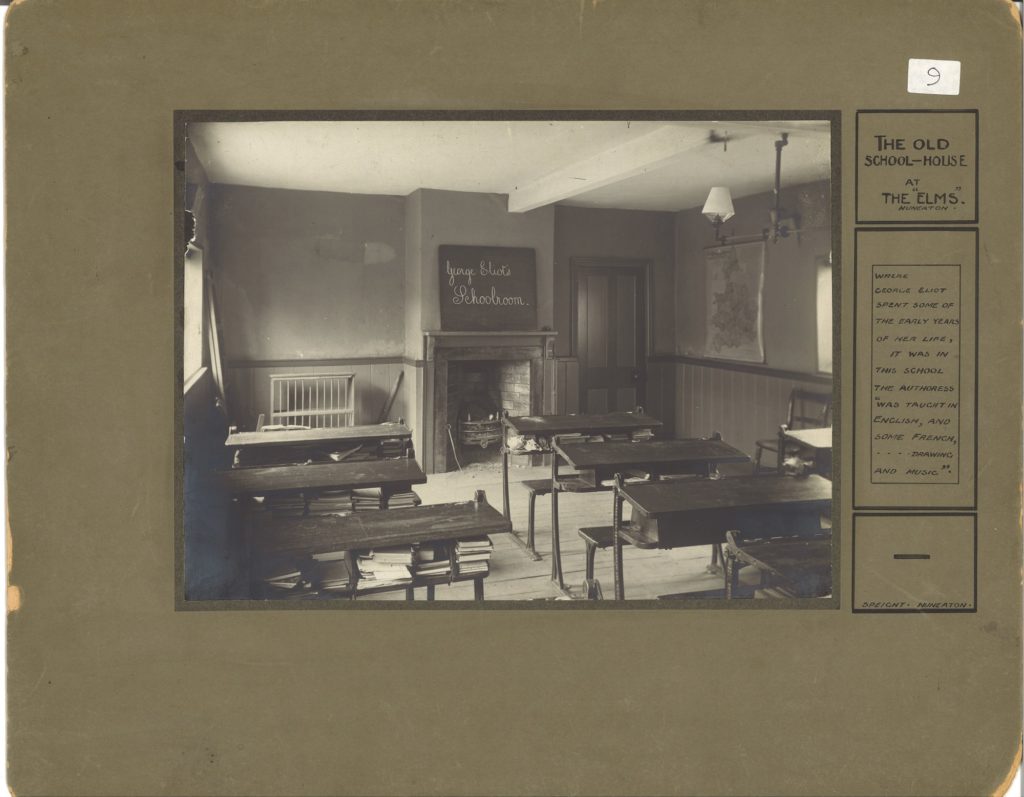

Pollian
Eliot was given this name by her new friend Sara Hennell, and was used from about 1842. It is a play on the nickname Polly and Apollyon, a biblical monster.
Deutera
In 1843 Eliot visited her friend’s father, Dr Brabant, who gave her this nickname. He chose it because it means ‘second’ and sounds like ‘daughter’.
Minie
When Eliot lodged with the Durade family in Geneva between 1849 and 1850, this was the nickname they gave her. During this time Durade, an artist, painted Eliot’s portrait.
Marian Evans
Eliot was still known as Mary Ann Evans when she moved to London in 1851. Her new London acquaintances started calling her by the more fashionable ‘Marian’.
Mrs Marian Lewes
In 1854 Eliot moved in with her partner, George Henry Lewes. They were unable to marry, as Lewes was already married, but they considered themselves to be husband and wife. Eliot even signed official documents as Marian Lewis.

George Eliot
In 1857 Eliot chose her pen name because she said: ‘George was Mr Lewes’s Christian name, and Eliot was a good mouth-filling, easily-pronounced word’. She chose to write under a pen name, as she felt women writers were not taken seriously. Her pen name also gave her protection from the scandal her relationship with Lewes had caused. Although this is her most famous name, nobody addressed her personally by it.
Mother
In 1859 Lewes’s sons were told about their father’s relationship with Eliot. In their letters to her, they address her as ‘Dear Mother’ or in German: ‘Mutter’. In 1872, George Eliot fan, Elma Stuart, started writing to her, also addressing her as ‘Mother’.
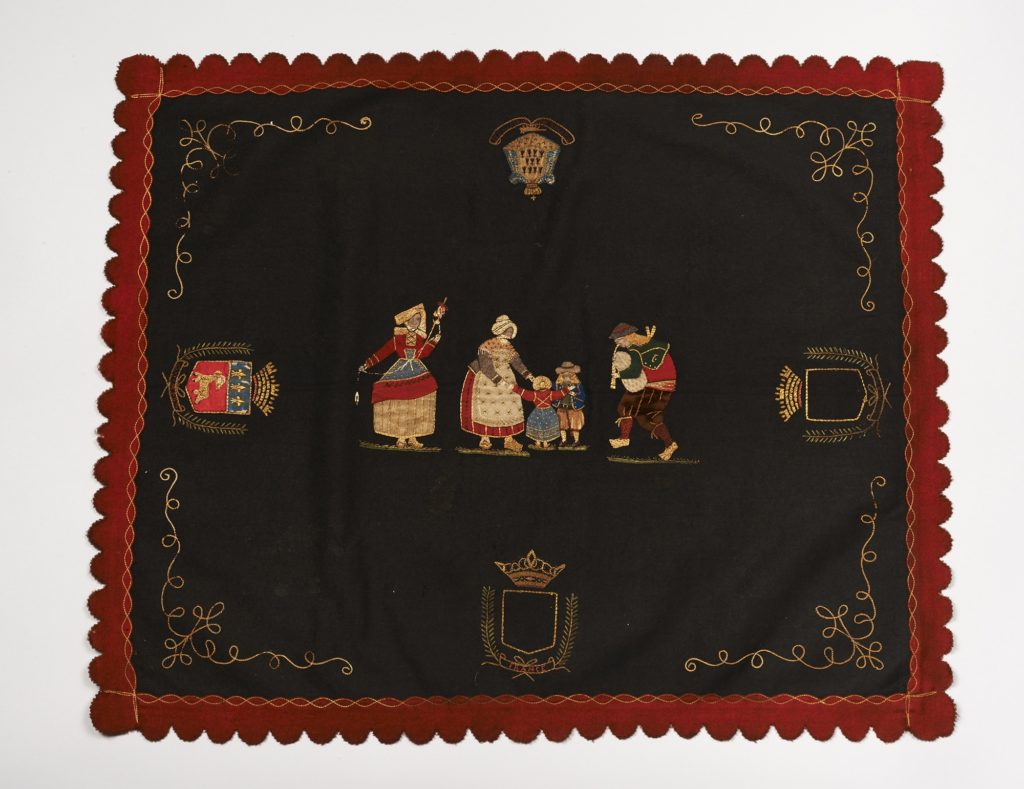
Herbert Art Gallery & Museum
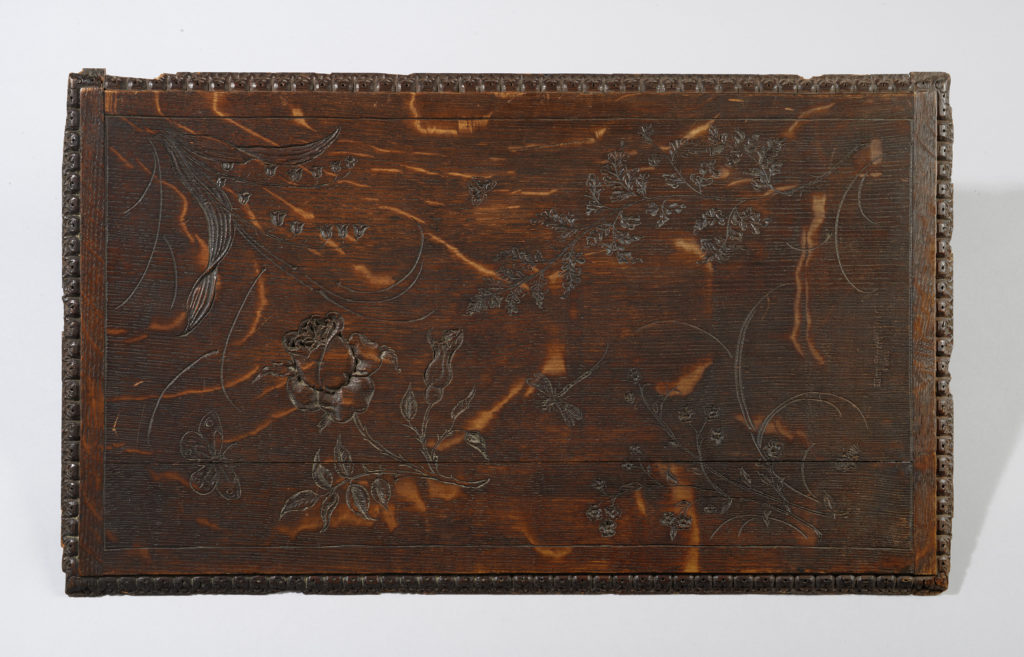
Mary Ann Evans Lewes
After Lewes’s death in 1878, Eliot changed her name by deed poll.
Mrs Mary Ann Cross
On 6 May 1880 Eliot married John Cross. They remained together until her death on 22 December 1880.

